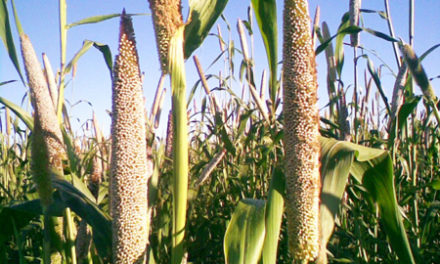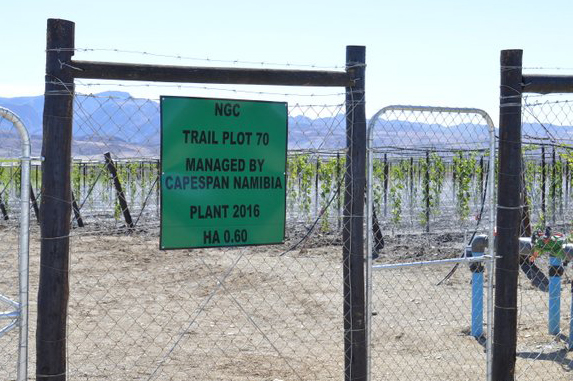
The use of crop residues as livestock feed

By Erastus Ngaruka
Technical Advisor of Livestock & Rangeland at AgriBank.
One of the foremost challenges of livestock production in Namibia is the availability, quantity, and quality of feeds, considering both the forage resources on the rangeland and the fodder plants or crops that are used as feed resources.
Most farmers in the country depend on the rangeland as it is freely available and is the cheapest source of nutrition for the animals (cattle, sheep, goats, donkeys/horses). Most rangelands or grazing areas had their productivity potentials and values compromised by poor rainfall activities, overgrazing, and bush encroachment amongst others.
This in turn has compromised the productive potential of livestock because much of their daily nutritional (protein, energy, minerals, vitamins) needs including the dry mater or fibre intake are not fully satisfied.
On the other hand, livestock farming is becoming more costly as farmers heavily rely on commercial feed sources to compliment the rangeland. Therefore, livestock feeding is an expensive exercise that continue to erode farmers finances or potential farm income. In addition, many farmers especially small-scale farmers, have limited or no access to these livestock feeds due to the costs involved and the distance to the suppliers.
These challenges hampers livestock improvement efforts in many areas, which then contributes to poor participation of these farmers in the value chains, thus, depriving them of the potential benefits from the markets.
The current rainfall season has provided a long-term hope for many farmers, but in general rainfall activities in the country remain erratic and are exacerbated by climate change forces. In this regard, farmers need to take advantage of the season and maximize fodder production and processing initiatives.
In particular, the most available feed source will be the crop field. With the good rains received, many farmers have planted maize, mahangu, beans, and sorghum amongst others. Traditionally, after harvesting the grains or beans, many farmers open their fields to allow animals (cattle, goats, and sheep) to freely pick the residues or the straws. Apart from animals feeding on the residues, farmers are reasoning that the practice helps conditioning the soil by adding the organic matter or fertilizing the soil with dung or manure.
The disadvantage of the practice is that the animal’s intake is low, and the digestibility of the whole straw is slow due to its fibrous structure (roughage feed) and size. In addition, the straws could be spoiled or contaminated with urine, dung, as well as soil dirt amongst others. It is therefore advisable that these straws are collected and processed to improve their feeding value. Processing of these residues entails reducing particle size, preserve and improve nutrients availability to the animal.
The process involves the addition of other feed stuffs and ingredients that will enhance the nutritional value of the feed to meet the daily requirements of the animals. For example, the feed stuffs include energy sources such as molasses, cereal grains (barley, wheat, corn), and protein sources such as cotton seed and brewers’ grain amongst others. Mineral supplements can also be added. More of this information can be obtained from livestock nutritionists, experienced farmers, and feed manufacturing institutions such as FeedMaster amongst others.
One important requirement to achieve sustainable fodder production and processing, is for the farmers to invest in useful farm equipment such as hammer mills and feed mixers, as well as to construct feed storage facilities at any suitable scale to serve as a fodder bank. These facilities should be well-designed and managed to allow enough ventilation and protection of feeds from spoilage and contamination from harmful substances.
In conclusion, livestock production in Namibia is significantly reliant on feed and lick supplementation, thus, farmers need to take advantage of the potential feed resources at their disposal to ensure continuous feed supply at minimal costs for their animals. The most sustainable way is through harvesting and adding value to forage materials from the rangeland, planted fodder plants, and crop residues.










































